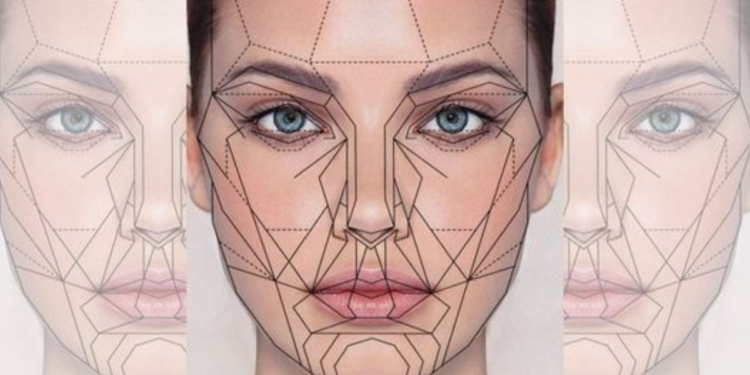Accidents can happen in the blink of an eye, and in some unfortunate cases, they can result in severe injuries with life-altering consequences. One such catastrophic injury is a degloved face, a condition where the skin and soft tissues are forcibly detached from the underlying facial structures. This distressing and debilitating condition can lead to significant physical, emotional, and psychological trauma for the affected individuals. In this article, we will delve into the causes of a degloved face, the available treatment options, and the challenging road to recovery for those who have experienced this traumatic injury.
Table of Contents
Understanding the Causes of a Degloved Face
A degloved face most commonly occurs due to high-impact accidents, particularly in situations involving motor vehicle collisions, industrial accidents, or falls from significant heights. The forceful impact or crushing effect can forcibly separate the skin and soft tissues from the bones and muscles of the face, resulting in extensive damage and disfigurement.
Types of Degloving Injuries
There are two primary types of degloving injuries: partial and complete degloving. In partial degloving, only a portion of the facial skin is detached, while in complete degloving, the entire face is affected, including the forehead, cheeks, nose, and chin. Complete degloving injuries are more severe and require immediate medical attention.
Emergency Treatment and Surgical Interventions
When faced with a degloved face injury, prompt medical attention is crucial. The initial emergency treatment focuses on stabilizing the patient, controlling bleeding, and preventing infection. Once the patient is stable, surgical intervention is necessary to reattach the skin and soft tissues to the underlying structures. Complex reconstructive surgeries are often required to restore facial functionality and aesthetics.
The Road to Recovery: Physical and Emotional Challenges
Recovering from a degloved face injury is an arduous and lengthy process. Physical rehabilitation is essential to regain facial movement, muscle control, and strength. Patients may require multiple surgeries over an extended period to achieve optimal results.
The emotional toll of a degloved face injury is equally significant. Individuals may experience feelings of anxiety, depression, and low self-esteem due to the visible disfigurement. It is crucial for patients to receive emotional support, counseling, and therapy to cope with the psychological impact of the injury.
Assistive Devices and Prosthetics
In some cases where facial reconstruction is challenging or not fully restorative, patients may be offered assistive devices or facial prosthetics. These custom-made devices can help conceal the disfigurement and provide some semblance of normalcy, boosting the patient’s self-confidence and quality of life.
Long-Term Complications and Follow-Up Care
Even after successful surgical interventions and rehabilitation, individuals with a degloved face may experience long-term complications. These complications may include chronic pain, limited facial mobility, and the risk of infections. Regular follow-up care with healthcare professionals is essential to monitor progress and address any arising issues promptly.
Support Systems and Coping Mechanisms
Having a robust support system is crucial for individuals recovering from a degloved face injury. Support from family, friends, and support groups can provide encouragement and a sense of belonging during the challenging recovery journey. Engaging in creative outlets, such as art or writing, can also serve as effective coping mechanisms for emotional healing.
Raising Awareness and Preventive Measures
To prevent degloved face injuries, it is essential to raise awareness about safety precautions in various settings, including workplaces and roadways. Employers should prioritize workplace safety measures, and individuals should always use appropriate protective gear when engaging in high-risk activities.
Conclusion
A degloved face injury is a devastating and life-changing event that can have severe physical, emotional, and psychological consequences. Understanding the causes, available treatment options, and the challenging road to recovery is crucial for supporting those who have experienced this traumatic injury. By raising awareness about preventive measures and providing comprehensive medical and emotional support, we can contribute to the healing and well-being of individuals affected by a degloved face injury.
See Also: UNLEASHING YOUR CREATIVITY: 10 DRAWING IDEAS TO INSPIRE YOUR ARTISTIC JOURNEY





1 comment